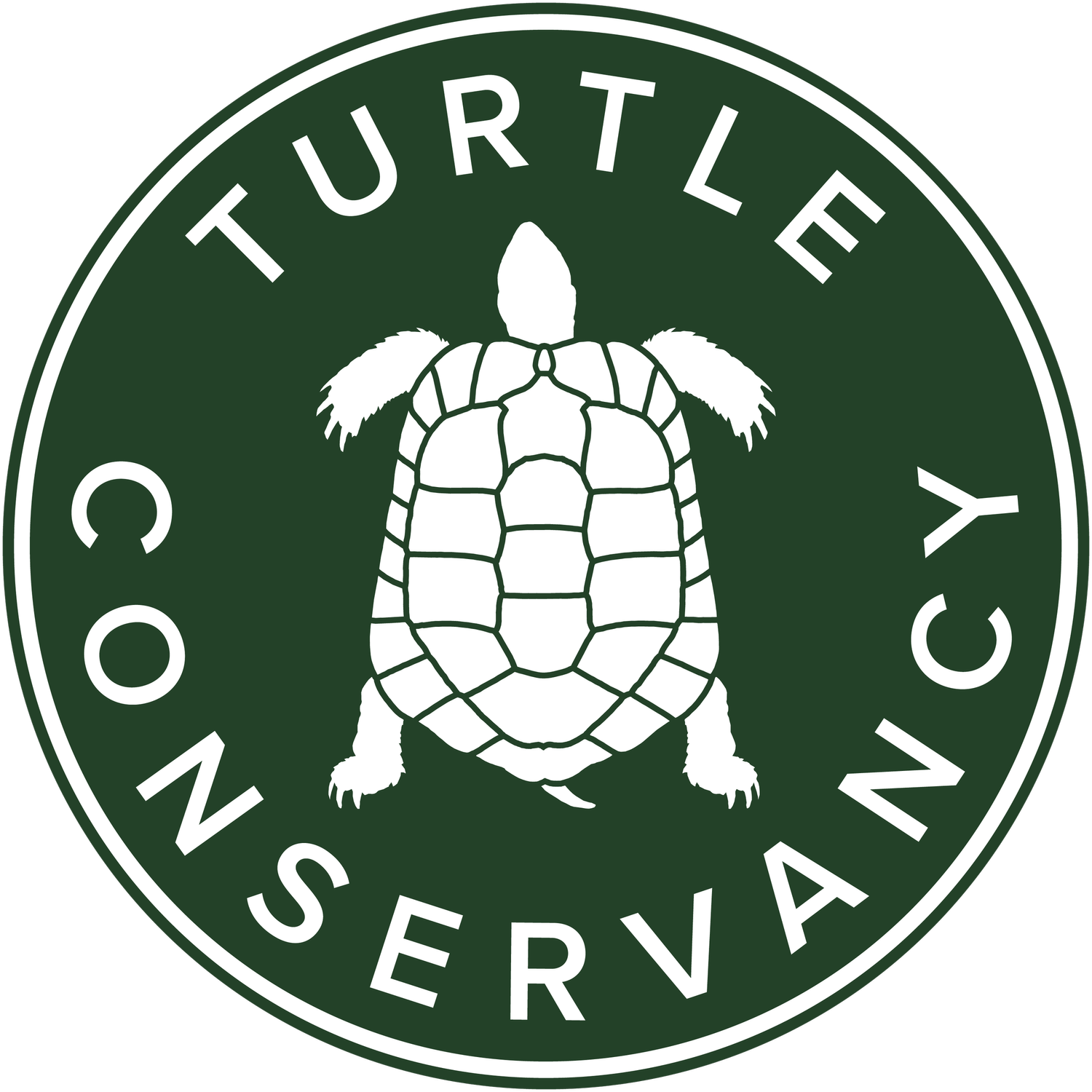Mexico: Miles of fencing being restored in Bolsón de Mapimí
Work recently started to install a new perimeter fence around Rancho San Ignacio in the Bolsón de Mapimí of northern Mexico. This 43,000-acre ranch is managed by the Turtle Conservancy's partner organization HABIO, A.C., as a private nature reserve focused on the conservation of the endemic Bolson Tortoise (Gopherus flavomarginatus) and the desert ecosystem that it depends on.
The main economic activity in the Bolson de Mapimi Biosphere Reserve is cattle ranching. Low levels of grazing are probably compatible with desert and tortoise conservation, but overgrazing of the sparse desert vegetation and trampling of tortoise burrows are real concerns. Keeping cattle from wandering onto the ranchlands looking for water and grass requires good fencing, and installing a full perimeter fence around the entire ranch has been a priority from the beginning.
After months of preparation, practical work started in late June when fencing materials were delivered, and two teams of workers from the local community started installation. By the end of July they had installed nearly 10 miles of new three-strand barbed-wire fencing, progressing at a speed of about half a mile per day! Progress continues: at the time of writing a total of 15 miles of fencing has been installed, and we hope to complete the installation of the full 29 miles of perimeter fence in September.
South Africa: Cutting back the Alien Invaders
In July, during the wet winter climate of the Western Cape Province, the latest round of intensive work began to clear alien plant species from the Geometric Tortoise Preserve in Breede River Valley. The preserve, which serves to protect the largest remaining population of the Geometric Tortoise (Psammobates geometricus) has recently grown to more than 1000 acres thanks to a purchase by our new partners, the Mapula Trust, adding valuable water resources and housing infrastructure for reserve staff.
Habitat management is a major component of our Geometric Tortoise conservation strategy. What remains of their natural habitat, which includes many endemic plant species of the fynbos ecoregion, is threatened by invasive plant species. The major offender on the preserve is Port Jackson Acacia. This Australian tree species aggressively overgrows and outcompetes native flora and creates additional fire risks to an already fire-prone ecosystem.
The alien-clearing team consists of professional contractors, local workers, and preserve staff who are working tirelessly to eradicate the acacia with the support and guidance of the Department of Agriculture. This is a tedious process that involves individually removing mature trees and suppressing seedlings from reestablishing in treated areas. So far the team has already treated 74 acres of the preserve. Plot by plot, all priority areas will be treated over the next two years.
Elsewhere on the preserve, improvements are continuously being made to fencing, firebreaks, and waterline construction to ensure the ongoing survival of the resident tortoises.
This work is implemented by The Turtle Conservancy and its affiliate, the South African Tortoise Conservation Trust (SATCT), along with our new partners, The Mapula Trust, a local conservation organization with years of experience managing this Critically Endangered species, and supported by Cape Nature and other partners.











